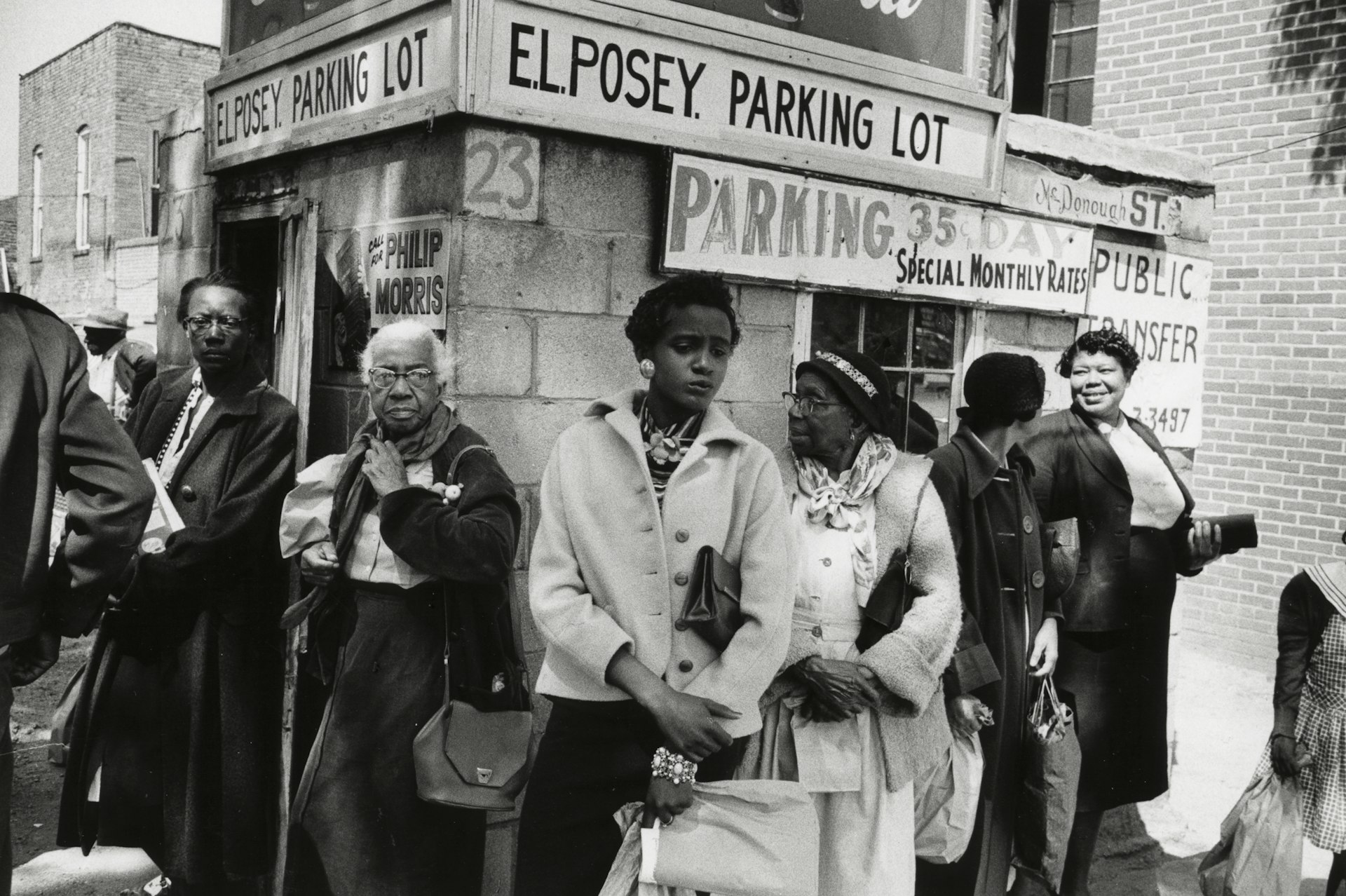The inspirations of Grace Jones, one of pop music's greatest chameleons
- Text by Gabriela Helfet

Grace Jones was born into a strict, religious family in Jamaica in 1948 – a time when artistic expression, style experimentation and gender fluidity was absolutely not an option. Somehow from this rigid upbringing, sprang a woman who was, and continues to be, one of the most unique figures in pop.
Often criticised for performing covers, and not writing her own songs, what’s most inspiring about Jones is the ability to take music, even well-known tracks, and turn them into her own wholly distinct sound. No small feat when the music was written by the likes of Smokey Robinson, Tom Petty and Roxy Music. From reggae to disco, funk to soul, R’n’B to New Wave, the beauty of Grace Jones is she’s no singer. Jones is a performer from the same cloth as the likes of David Bowie, an experimenter.
Following the reissue of her fourth album, Warm Leatherette, Classic Album Sundays assembled Horse Meat Disco’s Luke Howard, alongside original ‘Blitz Kid’ and writer Princess Julia, to delve into the inspirations and influences of one of pop’s greatest shape-shifters. What followed was a primer on why, 36 years later, the album is as relevant as ever.
You can listen back to the full talk on Grace Jones over at Classic Album Sundays.
To anyone who ever felt like an outcast: Jones’ Warm Leatherette is proof that you should embrace your inner freak flag and let it fly, even if people don’t ‘get’ what you’re doing.
The remastered edition of Warm Leatherette is out now on Universal. Find out more about Classic Album Sundays’ future events worldwide.
Enjoyed this article? Like Huck on Facebook or follow us on Twitter.
Latest on Huck

How Labour Activism changed the landscape of post-war USA
American Job — A new exhibition revisits over 70 years of working class solidarity and struggle, its radical legacy, and the central role of photography throughout.
Written by: Miss Rosen

Analogue Appreciation: Emma-Jean Thackray
Weirdo — In an ever more digital, online world, we ask our favourite artists about their most cherished pieces of physical culture. Today, multi-instrumentalist and Brownswood affiliate Emma-Jean Thackray.
Written by: Emma-Jean Thackray

Meet the shop cats of Hong Kong’s Sheung Wan district
Feline good — Traditionally adopted to keep away rats from expensive produce, the feline guardians have become part of the central neighbourhood’s fabric. Erica’s online series captures the local celebrities.
Written by: Isaac Muk

How trans rights activism and sex workers’ solidarity emerged in the ’70s and ’80s
Shoulder to Shoulder — In this extract from writer Jake Hall’s new book, which deep dives into the history of queer activism and coalition, they explore how anti-TERF and anti-SWERF campaigning developed from the same cloth.
Written by: Jake Hall

A behind the scenes look at the atomic wedgie community
Stretched out — Benjamin Fredrickson’s new project and photobook ‘Wedgies’ queers a time-old bullying act by exploring its erotic, extreme potential.
Written by: Isaac Muk

“Welcome to the Useless Class”: Ewan Morrison in conversation with Irvine Welsh
For Emma — Ahead of the Scottish author’s new novel, he sat down with Irvine Welsh for an in-depth discussion of its dystopic themes, and the upcoming AI “tsunami”.
Written by: Irvine Welsh